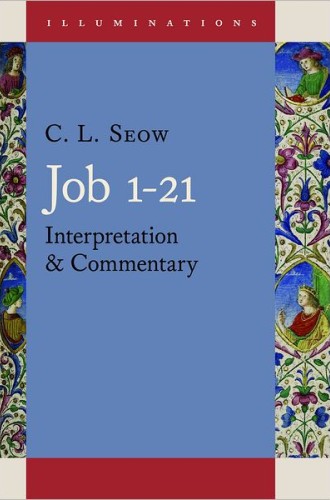The many Jobs
This massive commentary launches the Illuminations series, which aims to guide clergy and lay readers of the Bible while also providing technical detail for scholars. C. L. Seow, who teaches Old Testament language and literature at Princeton Theological Seminary, explores how the book of Job might have been understood by its original writers and audiences and how we might think about it now. He also describes how Job has been read, preached, painted, sung, and retold by Jews, Christians, Muslims, and secular interpreters between then and now. Seow accomplishes these ambitious goals surprisingly well. If you just want quick tips on preaching lectionary passages, this is probably not the commentary for you. But if you seek a sustained encounter with a particularly challenging book of the Bible, you’ll find Seow’s work a treasure.
The book of Job suits the approach of the Illuminations series particularly well because it has a rich and complex history of interpretation. However, because interpretation of details in Job is affected by one’s interpretation of the book as a whole, I wondered how useful it would be to have a volume that covers only the first 21 of Job’s 42 chapters. Fortunately, a larger perspective is supplied by this volume’s first 248 pages, in which the overall characteristics and interpretive history of the book are discussed.
I encourage readers—especially those who know a bit about biblical scholarship—to at least skim the introduction. You needn’t linger on the discussion of Hebrew grammatical forms, but you might find it useful to learn that the oldest Greek translation of Job omitted about a sixth of the book, leaving out many confusing and troubling lines to produce a more orthodox and less shocking story. This information helps readers understand why early Greek-reading interpreters often saw in the text a more pious Job than we do.





